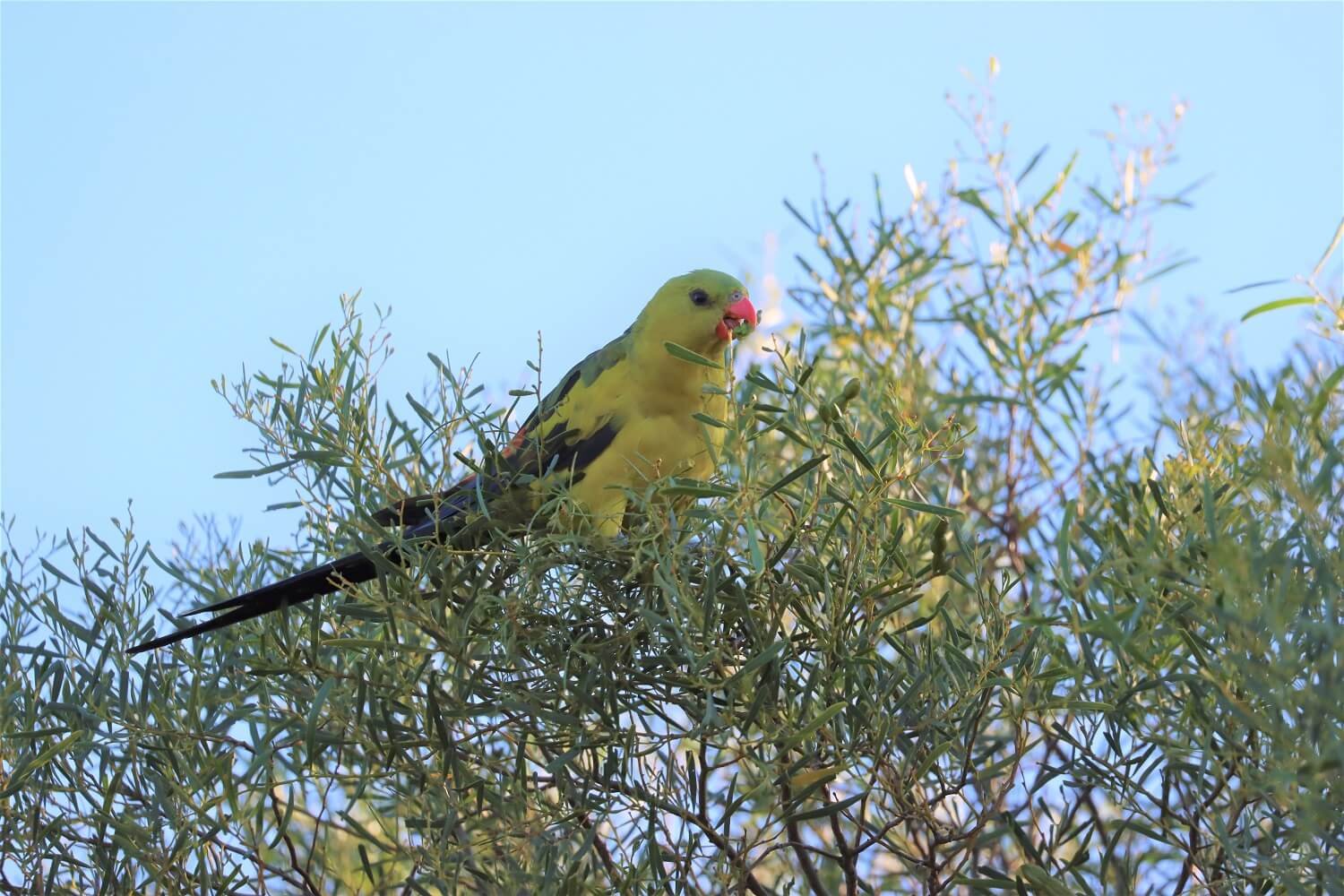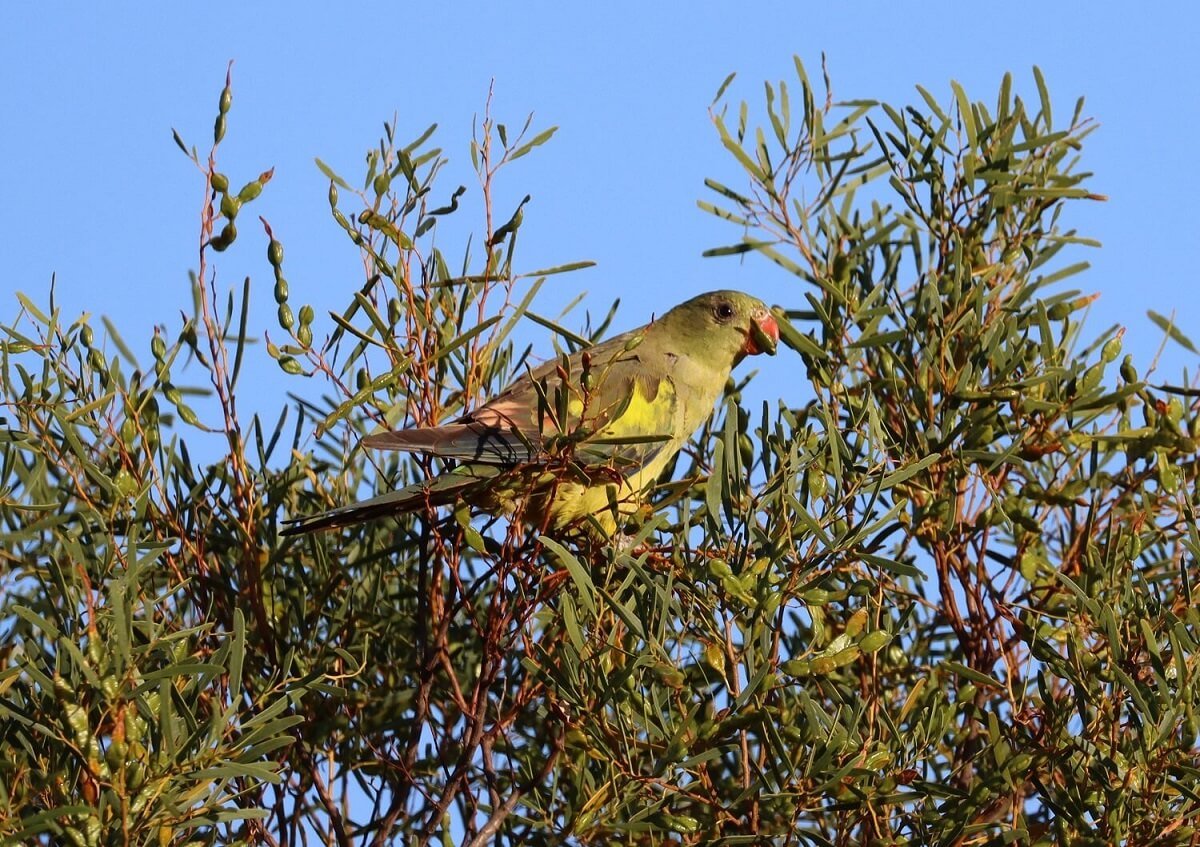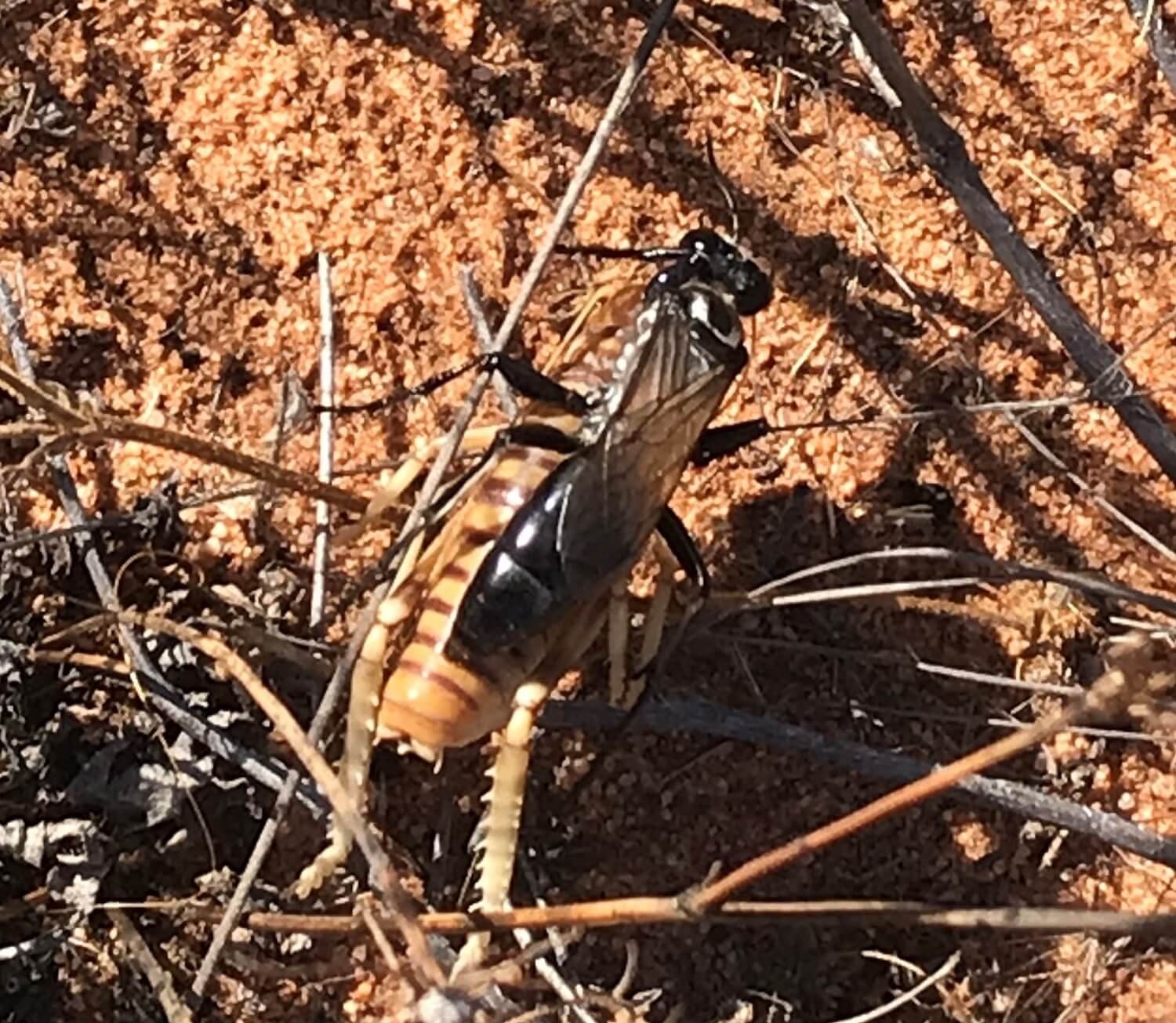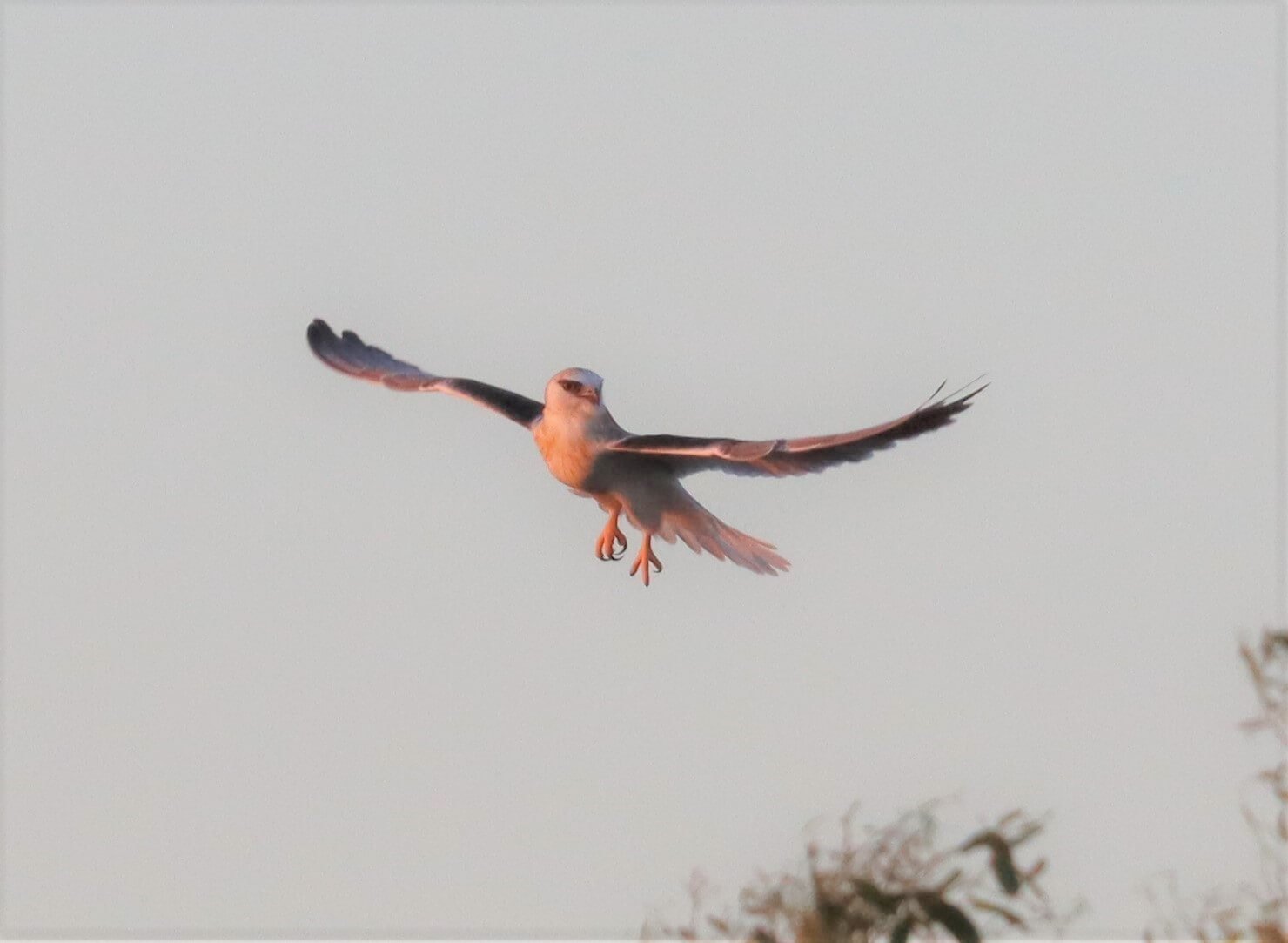December socials
Here is a round-up of our social media posts from December. This collection is for those who don’t spend much time on Facebook or Instagram, and apologies to those who have already seen these. (Please do click on the gallery photos to see more):
Regent Parrots eating wattle seed, collecting Pine seed, a “sphexish” wasp and the return of the Black-shouldered Kite.
Regent Parrots feeding on Sandhill Wattle seeds (Acacia ligulata).
I don't mind sharing - there is always lots of seed to collect for revegetation as well as feeding lots of Mallee parrots.
It's beginning to look a lot like Christmas ...
In the Mallee, the Native Pine seed is ready to harvest, right now. Get to it ...
This is a great species to collect for revegetation because it is easy to collect, easy to grow and can be direct seeded. It's also really important habitat and food for Pink Cockatoos.
Ever felt like you are stuck in an endless loop of pre-programmed actions? "Sphexish" was coined to describe this robotic behaviour.
Digger (Sphex) Wasps like this one leave their prey at the entrance of their burrow and duck inside to check all is well. But if the prey is not exactly where they left it when they return, the sphexish wasps locate the prey, return it to the correct spot at the burrow entrance and then ... duck back inside to check all is well inside.
You can see where this is going when you add interfering behavioural researchers ...
This Sphex wasp is dragging a Raspy Cricket to her burrow. The paralysed insects are cached and then eaten alive by the wasp babies...
It's has been seven years since we saw a Black-shouldered Kite on Raakajlim in the northern Mallee. They used to be a lot more common but I think they have reduced in numbers due to use of SGAR rodenticides.
There’s a big campaign going at the moment asking people to only use rat poison that doesn’t contain SGARs as the active ingredient. Options include Racumin (which contains Coumetralyl) or Ratsak double strength (contains Warfarin). The SGARs are killing our owls and birds of prey.
Birdlife Australia says: the label will state the "Active Constituents", so look there for the FGAR compounds that are less harmful such as Warfarin or Coumatetralyl. If the bait contains more harmful SGARs like Brodifacoum, Bromadiolone , Difenacoum, Difethialone, or Flocoumafen, leave it on the shelf. https://birdlife.org.au/rodent-control
Not great photos in the last light of the day















